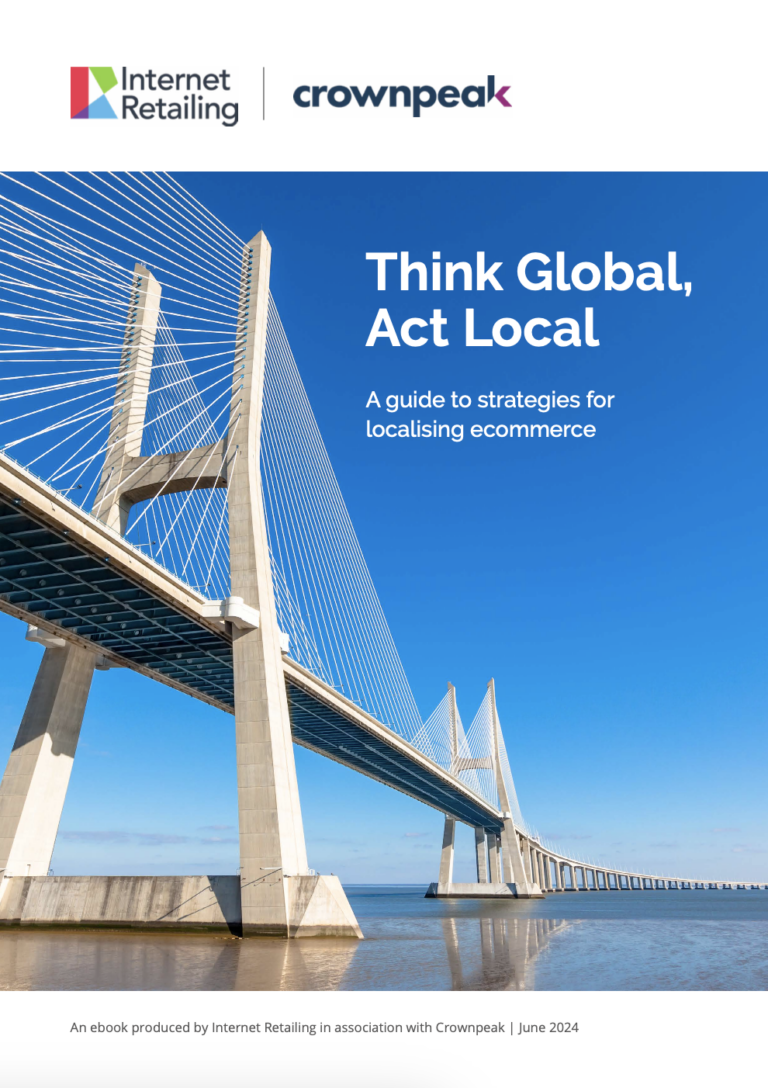Fashion followers complained yesterday across the Twittersphere that the H&M website repeatedly crashed when consumers flooded online to take their first look at clothes produced in the retailer’s collaboration with Versace.
It seems high levels of interest, which also prompted long queues outside those branches stocking the new range, made it difficult for online viewers to see the new styles when they were launched, instead forcing them to wait until later in the day.
That has prompted advice from ecommerce suppliers on ways of avoiding ecommerce website outages, particularly in the run up to Christmas.
Damian Saunders, director, data centre and cloud group, Citrix Systems said the outage was “baffling” since “inexpensive surge controls have existed for some time and that additional capacity from the cloud is now on tap if needed. If these are engaged properly then any retailer from H&M to Kate Middleton’s latest outfitter could be enjoying a boost in sales and not the wrong kind of publicity.”
He said: “Exclusive designer ranges at low prices are a sweet spot for high street retailers as they draw vast numbers of consumers through the door. But launching a range like this successfully requires preparation. Retailers must be ready to handle the surge of consumer traffic, both in-store and online, as bargain hunters and fashionistas alike fight over the most desirable items.”
Fabio Torlini, VP cloud, at Rackspace, said retailers should learn from H&M’s problem. “With online the fastest growing part of most retailers’ businesses, the very spikes in demand that are most welcome can and do cause crashes because the sites simply aren’t geared up to cope.
“The answer lies in the cloud. Rather than build infrastructure in-house, retailers can access cloud services to scale to unlimited resource as soon as it’s required and drop back once traffic slows down afterwards. This flexible pay-as-you-go model is the best solution for sudden spikes of demand and is becoming popular for all types of websites. And if a higher level of security is needed (for a transaction, for example), that’s possible with hybrid hosting solutions.”
Rackspace’s tips for retailers
Review
A full audit of your infrastructure will ensure your network connections are properly sized to
handle a high influx of web traffic.
Ready
A readiness load test 6-8 weeks in advance will test the capacity of your site and add additional
hardware capacity changes if necessary
Rehearse
If possible, simulate different types of failures in a development environment before the live
date. The best way to handle failure is to practise failing
Reinforce
Work with your support team to make sure multiple web servers are up and running during high traffic
times, which will ensure your site stays up during critical high-traffic times
Remedy
Look at your average daily traffic volume, analyse any downtime you had and correlate it to the
cause. Begin working on a plan to remedy it for next year









